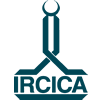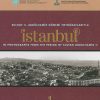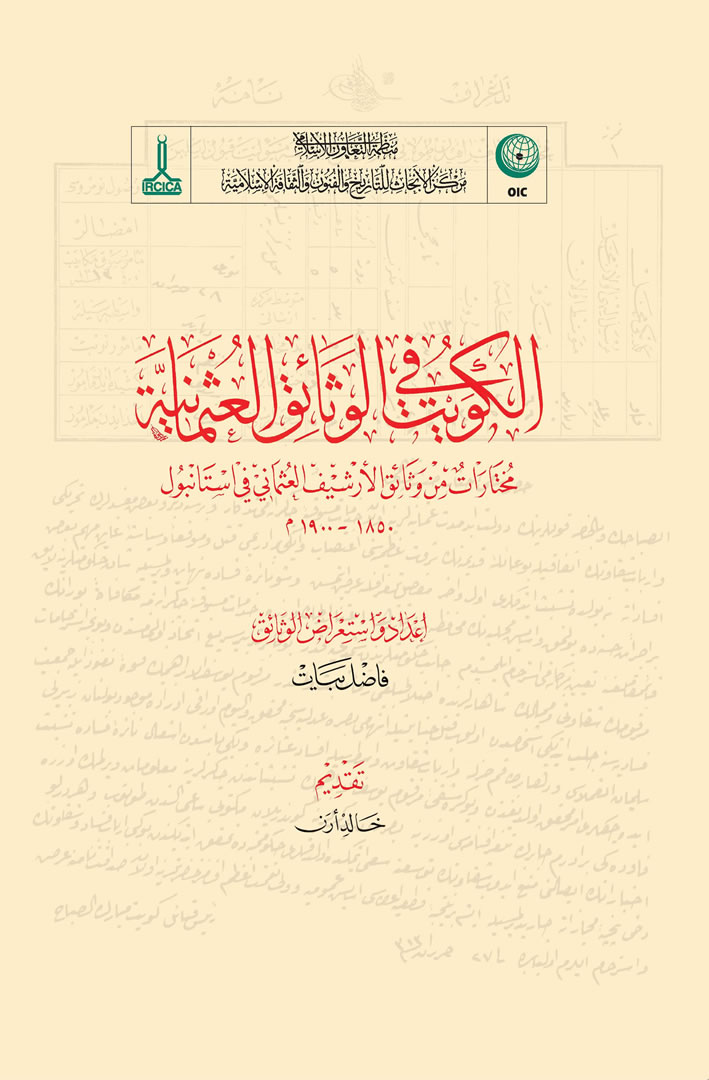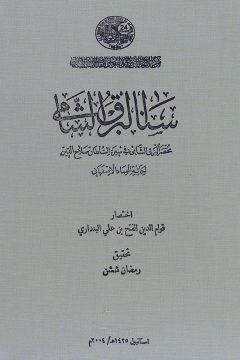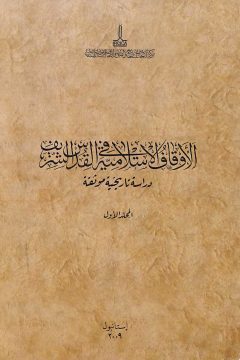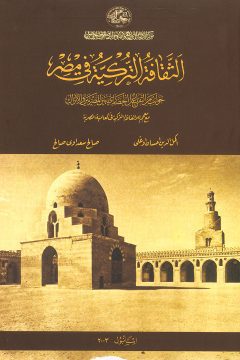Those who work on the history of Arab countries during the Ottoman era know it by experience that many aspects of this history are still unknown, and that what has been written often needs to be considered from varying angles because most of the studies conducted on this history are not based directly on original Ottoman documents. For greater accuracy of research on this history, IRCICA attaches great importance to the Ottoman documents and makes use of the rich Ottoman Archive collections which are preserved in the Turkish State’s Ottoman Archives located in Istanbul. In fact, the Centre implemented major history projects based on the Ottoman Archives.
The book “Kuwait in Ottoman Documents – Selected documents from the Ottoman Archives in Istanbul 1850-1900” falls within the scope of the scholarly efforts IRCICA is deploying to facilitate the access of researchers to Ottoman documents. It is the first work of its kind to contain a large number of Ottoman documents on Kuwait. The Ottoman Archives in Istanbul contain a large collection of documents related to Kuwait. However, they cannot be limited to one volume. The documents adorning the pages of this book were chosen from among thousands if not tens of thousands of documents reserved in the Ottoman Archives in Istanbul. They are selections dating back to a specific period of time and not the whole Ottoman presence in the region: they cover an important part of the history of Kuwait during the second half of the 19th century. They were chosen by Prof. Dr. Fazıl Bayat considering what could be most important for researchers dealing with the history of Kuwait during that period. They shed light on major events that occurred in the Kuwait region and the relations between the Ottoman Empire and its rulers, Al Sabah family, in that period. The information they contain has been examined meticulously and with absolute accuracy. A specific method was followed in presenting the documents. The original text of each document is presented side by side with its summary in Arabic. Furthermore, the author examined and analysed each document, outlined it in a simplified form, and added clarifications whenever necessary to facilitate comprehension. As such, the book will be a useful reference to facilitate the task of researchers concerned.
